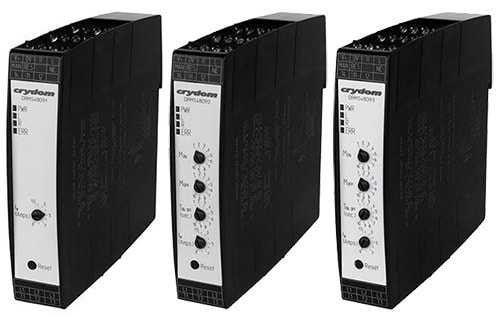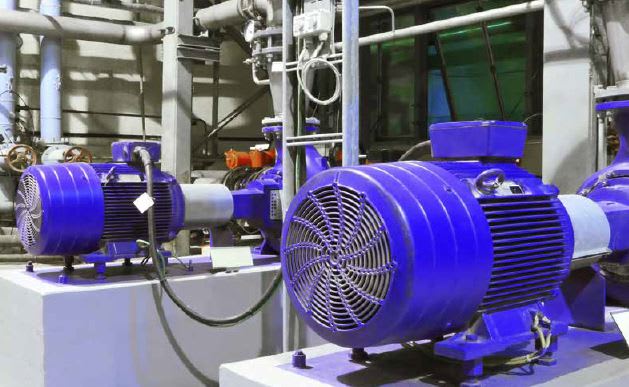BAGW
Structural
- Jul 15, 2015
- 392
Hi all,
I have always seen #3 ties in auger-cast pile. Is #4 acceptable? I dont see a reason why we cant go #4 ties instead of #3.
Thanks
I have always seen #3 ties in auger-cast pile. Is #4 acceptable? I dont see a reason why we cant go #4 ties instead of #3.
Thanks




